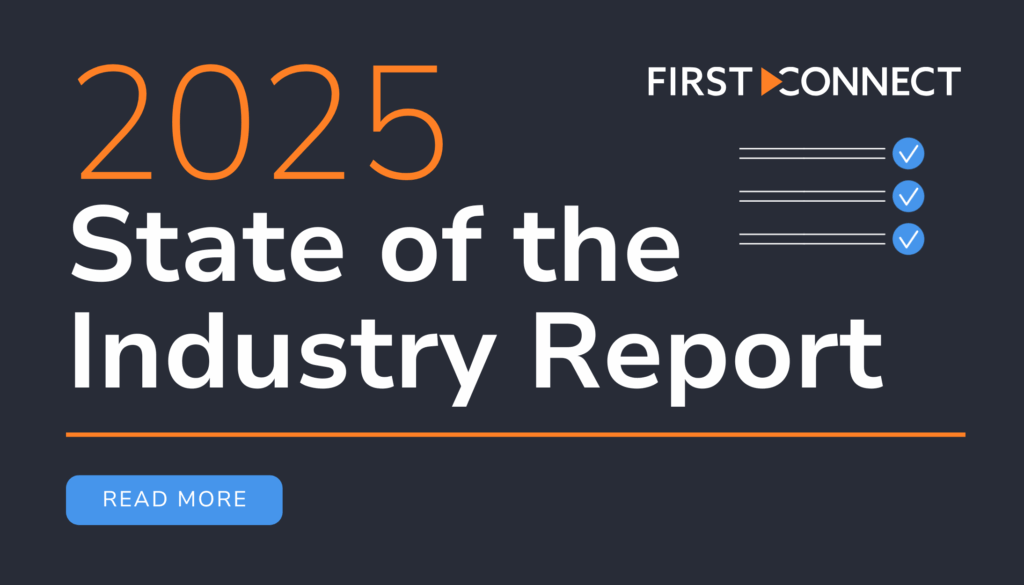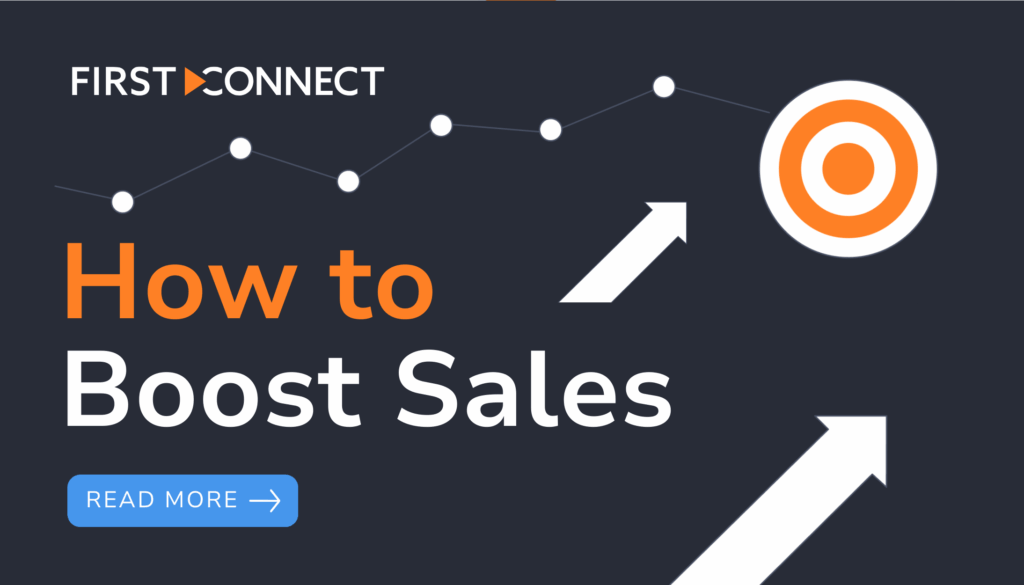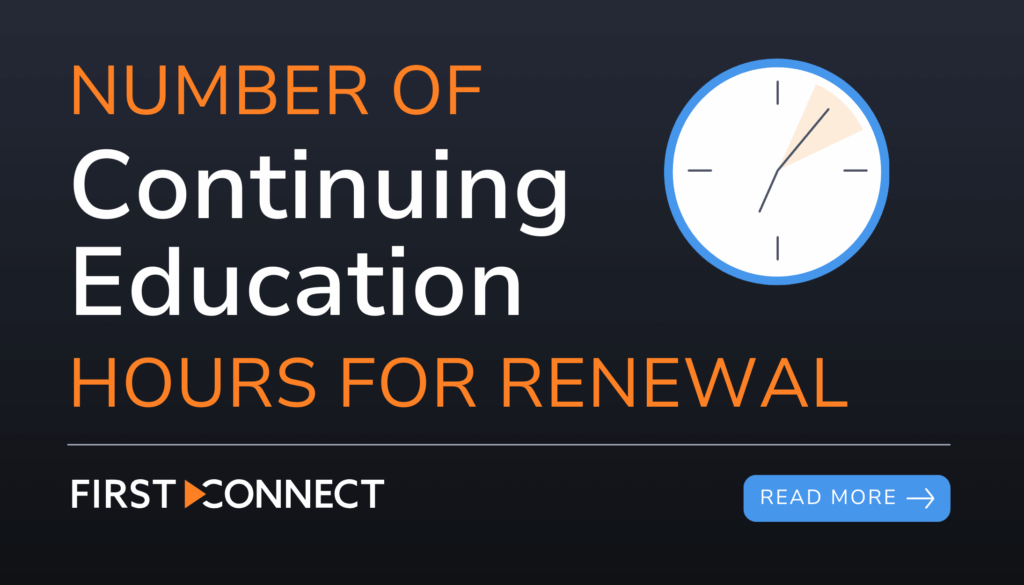Understanding Lines of Authority and Why They Matter
If you’re new to insurance, you might have come across the term “LOA” and wondered what it stands for.
A Line of Authority (LOA) is a category of insurance that an agent is licensed to sell. Part of that licensing process involves selecting the correct LOAs, which determine what types of insurance the agent is allowed to sell. As an insurance agent, you could be licensed for different LOAs based on the coverage you offer.
Want to build a flourishing career in the insurance industry? Learn about Lines of Authority (LOAs) in insurance, its correct meaning, and why they should matter to you and your business.
At First Connect, we understand how important it is for agents to have the right lines of authority in place. It’s not just about compliance, it’s about exploring opportunities, expanding service offerings, and growing sustainably. Understanding lines of authority empowers agents to operate confidently and serve clients better across different markets.
This article will help you explore what licensing and Line of Authority means in insurance, including its types, and tips to meet the essential requirements for licensing.
- LOA (lines of authority) refers to the category of insurance an agent is licensed to sell.
- Here are six major types of LOAs: life, health, property, casualty, variable life and variable annuity, and personal lines.
- It’s important for agents to understand lines of authority, as it ensures compliance and helps agents legally expand their business and company across multiple states.
- LOA requirements vary by state and may involve completing pre-licensing education and exams.
Independent Agent?
Accelerate Your Agency’s Success
What are Lines of Authority in insurance?
Wondering “What does LOA stand for?”
It refers to the type or category of insurance a producer (an insurance agent or broker) is authorized to sell. Agents get an insurance license and then select one or more LOAs during that process.
Insurance policies are grouped into broader categories known as Lines of Authority (LOAs), such as property, casualty, or life, rather than being treated individually. For example, the casualty LOA might include auto insurance, workers’ compensation, and general liability insurance
For example, casualty insurance includes auto insurance, workers’ compensation, liability insurance, and theft insurance.
That said, what is the purpose of lines of authority?
The main purpose of Lines of Authority (LOAs) is to define what types of insurance products an agent is authorized to sell. Insurance producers (agents and brokers) must be licensed to sell insurance, as they assist consumers in selecting appropriate coverage.
Because there are many different types of insurance, states group similar products into LOAs to clearly establish the scope of what a producer can offer. For example, instead of having separate authorizations for auto insurance, workers’ compensation, liability, and theft insurance, these products are often grouped under a single casualty insurance LOA.
How does LOAs in insurance work?
Now that you know what a lines of authority does and what it means in insurance, let’s learn how it works.
Agents must complete specific licensing requirements to sell insurance under a particular LOA.
Here’s how it works:
- Choose the right LOA: The first step is to decide which type of insurance you want to sell. Each state regulates which LOAs are available, so choose accordingly. Some common LOAs agents can use include Property & Casualty (P&C) for home and auto insurance or Life & Health (L&H) for life and medical coverage.
- Complete pre-licensing education: Many states require agents to take pre-licensing courses before applying for a license. These courses cover key industry concepts, laws, and best practices.
- Pass the state licensing exam: Each LOA for insurance has its own state-regulated exam that tests your knowledge of insurance policies, regulations, and ethical standards. A passing score is required to move forward.
- Apply for your license: Once you pass the exam, you must submit an LOA application through your state’s insurance department or the National Insurance Producer Registry (NIPR).
- Maintain compliance: Lines of authority licenses must be renewed periodically. Insurance agents often need to complete continuing education (CE) courses to stay updated with industry changes.
When an agent is granted access to a line of authority, they can legally sell insurance policies under that category. Adding lines of authority later is possible if agents want to expand the products they can sell, but they must follow the appropriate process for each state.
Lines of Authority vs. Licensed Only agent
Lines of authority (LOA) and Licensed Only Agent (LOA) are two terms that are often mistaken. While they sound similar, they serve different purposes in the insurance industry.
- Lines of authority: Lines of authority (LOA) refers to the specific types of insurance an agent is legally authorized to sell (as we mentioned).
- Licensed only agent: Licensed only agents (LOA), or LOA solicitors, refer to licensed insurance professionals who don’t have direct carrier appointments. Instead, they work under a larger agency or brokerage providing insurance product access.
While both concepts involve licensing, a line of authority defines what an agent can sell, while a licensed-only agent refers to how they operate within the insurance industry.
Moreover, agents must pass the correct state exam(s) for the LOAs they choose. For example, if they want to sell both auto and home insurance, they’ll typically need to pass a Property & Casualty exam (a bundled LOA in many states).
Types of lines of authority in insurance
Different LOAs allow agents to sell specific types of insurance products. Below are the most common types of authority in insurance:
- Life insurance: It helps cover human lives, including endowments and annuities. It often includes benefits for death, dismemberment due to accidents, and disability income.
- Accident & health (or sickness) insurance: This provides coverage for medical expenses, injuries, accidental death, and disability income. It also allows agents to sell Medicare and long-term care policies.
- Property insurance: It covers direct or indirect loss or damage to various types of property, including homes, vehicles, and businesses.
- Casualty insurance: This coverage protects against legal liabilities, such as bodily injury, property damage, and personal liability claims.
- Variable life & variable annuity insurance: Involves life insurance and annuities with investment components, where cash value and benefits fluctuate based on market performance.
- Personal lines insurance: A subset of property and casualty (P&C) insurance, it focuses on individuals and families rather than businesses. This includes home, renters, and auto insurance policies.
One of the most common questions in the industry revolves around the differences between Property & Casualty (P&C) insurance and Life & Health (L&H) insurance.
These two categories cover entirely different risks and require distinct expertise.
- Property & casualty (P&C) insurance deals with tangible assets and liability. Agents in this field help clients protect homes, cars, businesses, and personal liability exposure. These policies help pay for damages or legal claims that result from accidents, theft, natural disasters, and lawsuits. Many states bundle property and casualty into a single LOA.
- Life & Health (L&H) insurance focuses on individuals’ well-being and financial security. Life insurance provides a payout to beneficiaries upon the policyholder’s death, while health insurance helps cover medical expenses. This category also includes disability income and long-term care coverage.
While some agents specialize in either P&C or L&H, others obtain multiple LOAs to expand their offerings. It is important to note that products flood or long-term care might require special certifications beyond the core LOA.
Access 130+ Top Carriers
Skyrocket Your Agency’s Growth
Tips on meeting the necessary LOA requirements
Proper licensing, including selecting appropriate LOAs, is crucial for agents to legally sell policies and grow their business. However, the process can feel complex and overwhelming.
Here are our tips to help agents (and their teams) meet licensing and LOA requirements smoothly:
Research state-specific LOA terms and requirements
Getting an insurance license starts with understanding your state’s licensing rules, and that includes choosing which lines of authority (LOAs) you want to be licensed for during the process.
Each state has its own rules and regulations for obtaining an LOA. Some states, such as California, require pre-licensing education, while others may have specific exam requirements.
You don’t apply for LOAs separately, instead, you select the LOAs you want to include when applying for your insurance license.
To avoid confusion, visit your state’s insurance department website or check the National Insurance Producer Registry (NIPR) to ensure you meet the correct criteria.
Take pre-licensing courses
Many states require agents to complete pre-licensing education before taking the exam. Even if your state doesn’t require it – for instance, Washington no longer does – enrolling in a course can be increasingly helpful.
That’s because it helps you understand key insurance concepts and data and improves your chances of passing the test on the first try.
Schedule your licensing exam early
Insurance exams are state-regulated, and test slots can fill up quickly. It’s better to schedule your exam in advance to avoid delays in getting your license.
Submit a complete and accurate application
Once you ace the exam, you’ll have to submit a licensing application to your state’s insurance department. Incomplete or incorrect applications can lead to delays, so double-check your paperwork before submitting. Some states may also require a background check or fingerprinting.
Stay on top of renewal requirements
Most LOAs must be renewed periodically, and agents may need to complete continuing education (CE) credits to stay compliant. Keep track of renewal deadlines to ensure you don’t lose your licensing status.
Partner with a supportive network
Collaborate with organizations such as First Connect – it provides agents access to valuable resources, training, management, and mentorship to stay ahead in the system.
FAQ
-
Why are LOA required?
LOA is required to ensure that insurance agents have the proper training and authorization to sell specific types of policies. It helps maintain industry standards and protects consumers.
-
Why are lines of authority important to insurance compliance?
There are numerous benefits of lines of authority. For instance, it allows agents to legally sell insurance, expand their service offerings, and grow their client base. Lines of authority (LOA) also provides credibility and compliance with state regulations.
-
What are the six major lines of authority of an insurance license?
Personal lines can be classified in two different ways. The NAIC (National Association of Insurance Commissioners) considers personal lines one of the six major lines of insurance. However, some states treat personal lines as a limited line when it comes to licensing requirements.
-
Do I require an LOA in my resident state only, or in every state where I hold a license?
You need lines of authority (LOA) in every state where you intend to sell insurance. This means you must specify the specific insurance products you are authorized to sell in each state where you hold a license, not just your resident state. Many agents obtain non-resident licenses in multiple states to expand their reach.
-
What should I do if I can’t find the appropriate LOA in NIPR?
If you can’t locate your desired LOA in NIPR (National Insurance Producer Registry), check with your state’s insurance department. Some states may have unique classifications or require manual application submissions.



